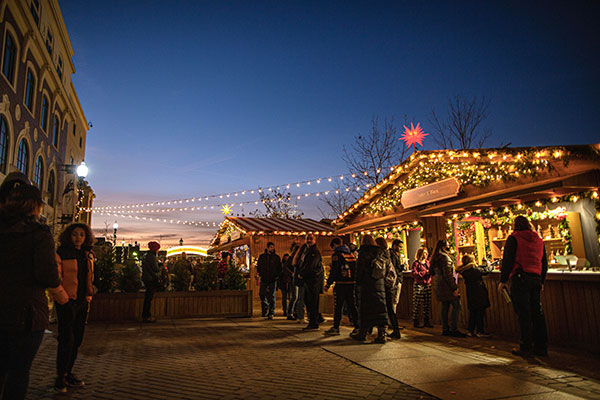When choosing a new home, homebuyers select a neighborhood based on many factors; location and price being the two most important considerations. But also important are the varying amenities that contribute to the look and feel of the community, like decorative and consistent signage, street lights, pools, playgrounds, clubhouses, meeting facilities, walking trails, and of course, the community landscaping.
If properly maintained, landscaping can greatly enhance the beauty and well-being of a community. But because it’s one of the largest line items in an HOA’s budget, there are certain questions that should be asked when developing the HOA operating budget and reserve funds budget. Questions like:
- Does the current landscape still satisfy the vision of your residents?
- How have your budget projections been over that last few years?
- Are there problem areas in the landscape that must be addressed in the coming year?
- Are prices for fuel or water escalating at an unusual rate?
- Have you consulted with vendors (existing and prospective) about their costs and projections?
In part one of our HOA landscaping series, Developing an HOA Landscape Plan, we discussed in part the responsibility of the HOA Board, which is to maintain the common areas and varying amenities to a standard established by the residents. With this defined mission, the HOA Board should be mindful of two budgets, the annual operating budget that is necessary for ongoing landscape maintenance, including planned landscape enhancements, and a reserve funds budget to handle unplanned events that occur throughout the landscape lifecycle, like emerald ash borer (EAB).
With the invasion of EAB, what was formerly a very popular and much-used tree in the landscape became a huge liability in a very short period of time. No one could have predicted this twenty years ago when ash trees were being planted across the Midwest. To estimate the economic impact of this invasion one only needs to call Davey Tree or Bartlett Tree Experts and ask them how much they will charge to remove a 30-foot ash tree (around $300-500 in case you’re wondering) and multiply that by say 50 to 75 trees located around the community. This is one example of where reserve funds become critical.
Although there was little anyone could do about the EAB invasion, there are other things happening in the landscape that can be influenced by preventive measures and good horticultural practices that go beyond landscape maintenance and fall more in the realm of managing the landscape to protect your investment.
During the recent economic collapse we saw belts tighten, projects put on the back burner, and only essential services being written into landscape contracts. People were so distracted by what was happening with their retirement accounts and the economy that protecting the investment of the community landscape became a superfluous cost and a secondary notion. This neglect, in combination with several years of serious drought, caused a lot of damaged and unsightly plant material—and a lot of unhappy community residents as a result.
This is the danger in constantly looking to reduce costs related to your landscaping. The deterioration of plant material due to poor maintenance, insect infestations, or disease may be subtle and aggregate over time or it may arise in a single season, but many landscaping issues can be avoided, or at least prepared for, through the careful planning and allocation of budget resources.
To create a reasonable budget, then, is not just looking at the past, but rather engaging in a conversation with a company or two that you trust who can give you an honest assessment of what you have, what it’s going to take to protect it, ways to enhance it, and how that can be done economically while observing best horticultural practices. Previous budgets, especially in light of the past five years, can be used as a baseline to start the discussion, but they’re probably not the best guide to use through the budgeting process.
If you have questions regarding the landscape in your neighborhood, we’d love to chat. Feel free to contact us by calling 317-575-1100 or by simply filling out the form below. And be sure to check back soon for more articles:
Please select a valid form

